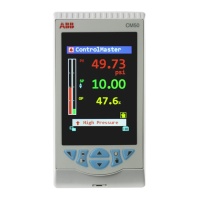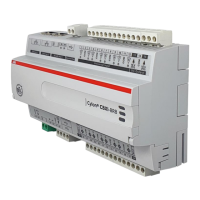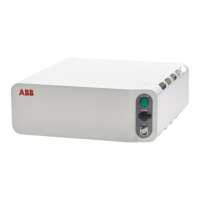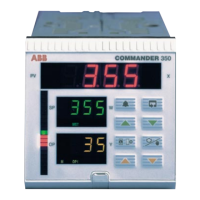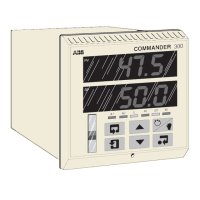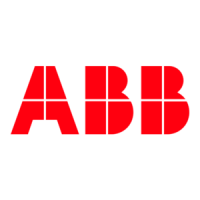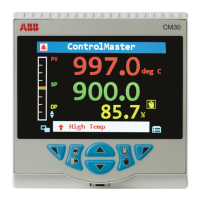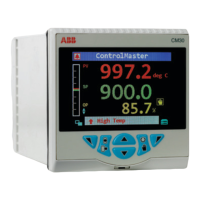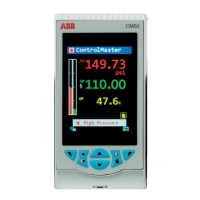BACNET'S CLIENT / SERVER NATURE
BACnet uses a “Client/Server" architecture. BACnet messages are called service requests. A Client machine
sends a service request to a Server machine that then performs the service and reports the result to the
Client.
Example:
A simple device such as a fixed function VAV controller would typically act as Server.
Front-end software running on a PC would act as a BACnet Client reading status values from the VAV and
changing set-points.
Notes:
Server devices cannot initiate communication. Higher end embedded controllers generally include both
server and client functionality. This allows them to share information such as outside temperature with each
other or send alarms to a PC.
BACnet currently defines 35 message types that are divided into 5 groups or classes. For example, one class
contains messages for accessing and manipulating the properties of the objects described above.
A common message type is the "ReadProperty" service request. This message causes the server machine to
locate the requested property of the requested object and send its value back to the client.
Other classes of services deal with: alarms and events, file uploading and downloading, managing the
operation of remote devices and virtual terminal functions.
NETWORK TYPES
BACnet messages can be carried over the following types of network:
• Ethernet
• ARCnet
• Master-Slave/Token-Passing (MS/TP)
• Point-to-Point (PTP)
• LON
• BACnet/IP
PIC STATEMENT
Every BACnet device is required to have a "protocol implementation conformance statement“ (PICS). A PICS is
a BACnet specification sheet, containing a list of a device's BACnet capabilities.
It contains:
• a general product description
• details of a product's BACnet capabilities
• which LAN options are available
• a few other items relating to character sets and special functionality
The PICS is the place to start to see what a device's capabilities are.
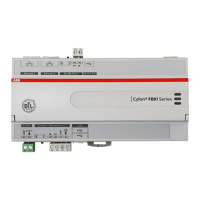
